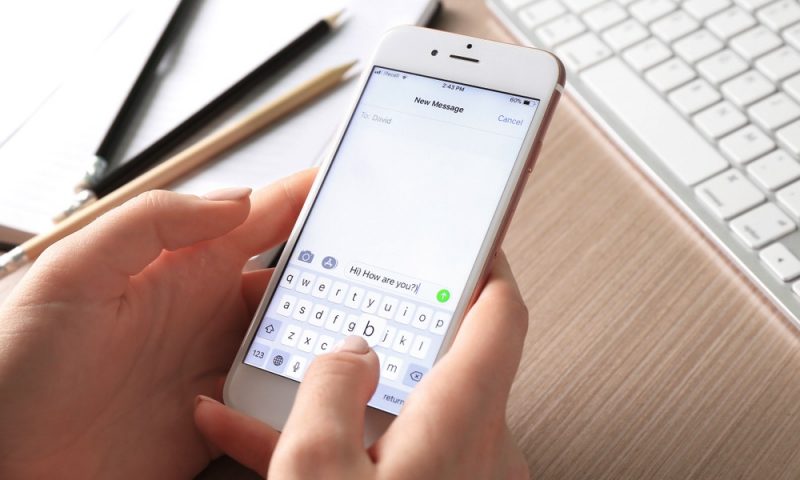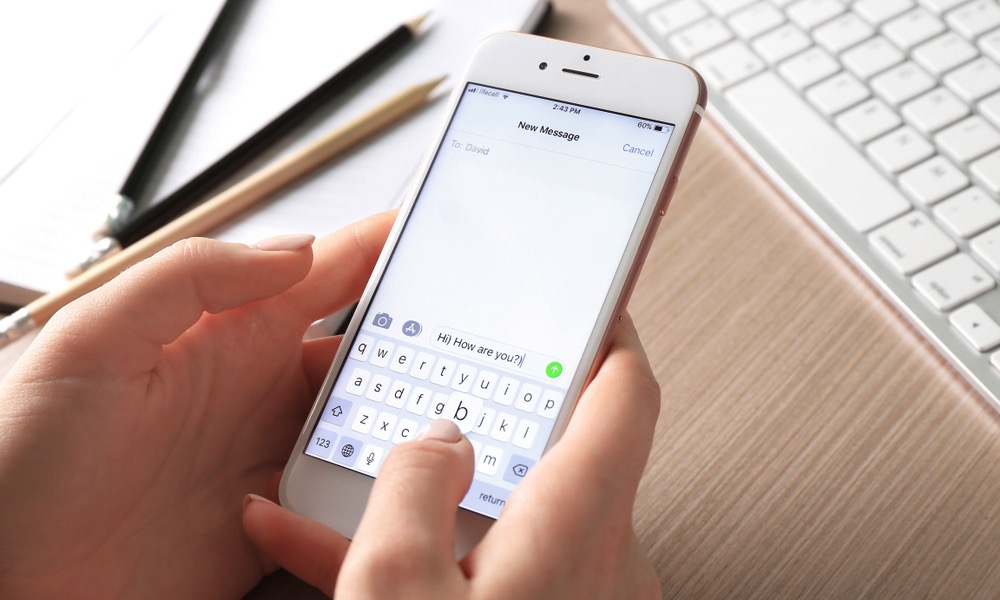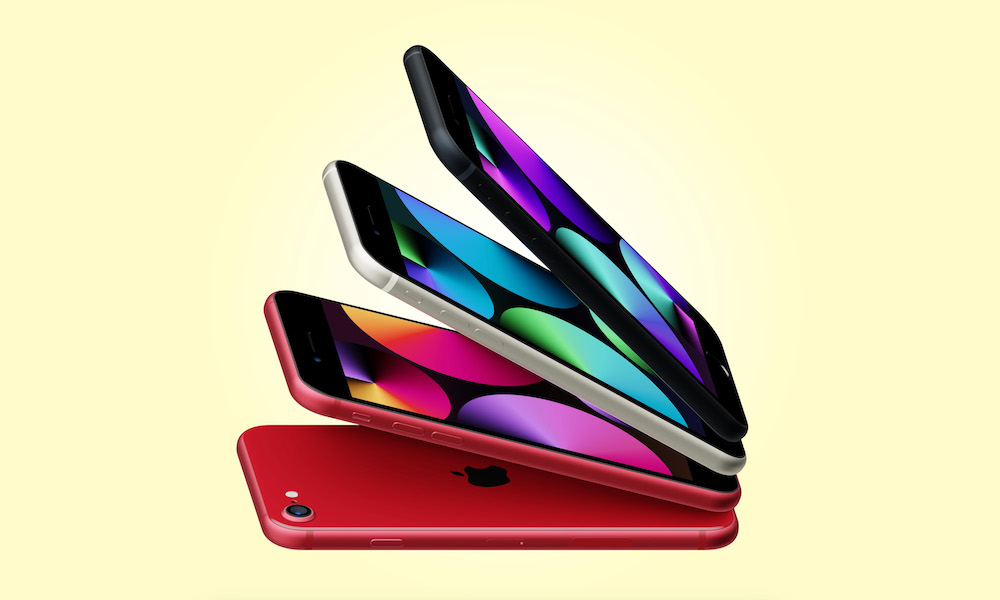Inventor of the iPhone’s Autocorrect Feature Explains How It Works, Why It’s Often So Annoying, and How to Fix It

 Credit: Africa Studio / Shutterstock
Credit: Africa Studio / Shutterstock
If you’ve had the feeling that autocorrect seems to have gotten worse over the past few years, you’re not alone. Apple has slowly been baking more intelligence into iOS. As a result, autocorrect often follows the wisdom of the crowd more than the wisdom of the New Oxford American Dictionary.
The Wall Street Journal’s Joanna Stern (Apple News+) decided to do a bit of digging to try and figure out exactly why autocorrect has become such a frustrating experience, even going so far as to seek out its original creator. However, one indisputable conclusion that Stern came to is that we’re still better off with autocorrect than without it.
I turned off autocorrect for a day and barely lived to tell the tale. Within minutes, it was clear how much the software is saving us from ourselves.
These Incredible Apps Help You Save Money, Earn Cash, Cancel Unwanted Subscriptions, and Much More
The App Store has become completely oversaturated with all the same repetitive junk. Cut out the clutter: These are the only 6 iPhone apps you’ll ever need…Find Out More

Joanna Stern
It was Apple’s autocorrect in 2007 that made the very notion of a touchscreen keyboard possible in the first place. The original iPhone entered a world where hardware keyboards were the norm, and many folks — myself included — were skeptical that a touchscreen keyboard would work.
Are We Asking Too Much?
In her journey to get to the bottom of the autocorrect experience, Stern sought out Ken Kocienda, the creator of the iPhone’s autocorrect software. Kocienda left Apple in 2017, so he’s free to be more candid about his work on the project — he even went so far as to apologize to a certain waterfowl in Stern’s video, admitting that “it’s all his ducking fault.”
The technology you’ve created has linked this poor creature to a certain obscenity. What do you have to say to it? Joanna Stern

However, a big part of the problem is that as folks expect their iPhones to get even smarter and more clairvoyant, they’re inadvertently asking too much.
Therein lies the rub. The more you ask it to do, the more potential there is for bugs and unexpected behaviors.Ken Kocienda
A perfect example of this is one of the things that Apple has added to the autocorrect feature in recent years: crowdsourcing.
In addition to a static dictionary of actual words and a dynamic dictionary that learns what you want to type, Apple has also leveraged its machine-learning algorithms to collect what people are writing on the internet and use that to train the autocorrect system.
To be clear, these aren’t dynamic, real-time updates to individual iPhone dictionaries. Instead, Apple uses this data to improve the algorithms in the code, which are then incorporated into each new iOS release.
The good? The autocorrect system can be updated frequently with our more casual English—the “ur gonna love this” type of stuff. The bad? Some argue it can pick up our typos and our no-good-very-bad writing habits.Joanna Stern
Language settings can also play a part. For example, being in Canada, where a large portion of the population speaks French, it’s not uncommon for my attempts to type “.ca” (as a domain suffix) to get autocorrected to “.ça” (a French pronoun). Not surprisingly, this doesn’t happen when my language is set to U.S. or U.K. English.
Nevertheless, the dictionaries within the iOS autocorrect system are still supposed to carry more weight than the machine-learning algorithms. As Stern explains, there are three key components to this:
- The Static Dictionary contains words from an appropriate dictionary for your language(s) of choice. For example, English (US) uses the New Oxford American Dictionary, while English (UK) uses the Oxford Dictionary of English. It also includes common proper nouns such as product names or sports teams. Stern notes that there were over 70,000 words included when the iPhone first launched, and it’s only gotten bigger since then.
- The Dynamic Dictionary starts as a clean slate and grows over time as you use your iPhone. This recognizes the common words you regularly type and also culls data from your contacts, emails, messages, Safari pages, and names of installed apps. The dynamic dictionary is included in your iPhone backups, so it travels with the rest of your data each time you restore to a new iPhone.
- The “Foul Language” Dictionary contains words that should never be autocompleted. This is why you’ll keep getting “duck” offered up no matter how many times you try to go for something else. There are ways around that (which we’ll discuss momentarily), but the purpose of this dictionary was to prevent slip-ups, such as if “your finger slips while you’re thanking Grandma for the lovely duck boots.”
According to Kocienda, the dynamic dictionary gets updated after you type an unknown word at least three times, after which the iPhone will stop trying to turn it into something different. Still, the iPhone has to balance this dynamic dictionary with what’s in the static dictionary, and similar words may still confuse it.
The static dictionary and the dynamic dictionary would be in a little bit of a battle with each other. The software is designed to break the tie, but it doesn’t always pick what you would pick.Ken Kocienda
Unique capitalization can also throw it off, as Stern encountered the word “NewsGrid,” which she commonly uses. Her iPhone incessantly wants to correct that to “news-girl,” An Apple spokeswoman told her that this was likely because she often forgets to capitalize the word.
How to Adjust Autocorrect Behavior
In her WSJ article, Stern offers a few suggestions for bending autocorrect to your will.
- The easiest and most popular of these is to create text replacement shortcuts. These will always take priority over autocorrect, so they can be used to ensure certain words remain as they are when you type them. These shortcuts are also handy for creating abbreviations for longer snippets, like your address and phone number or even an email signature block.
- Use your Contacts. Since autocorrect’s dynamic dictionary looks at words in your Contacts, Stern had an even simpler and more clever solution: “My trick? I entered my favorite profanities as contacts in my address book.”
- Check which dictionaries are enabled under Settings > General > Dictionary, and disable those you don’t want to use. Autocorrect will use all of the selected dictionaries to try and complete your words, regardless of your primary language and keyboard settings.
- Try a third-party keyboard. Several apps offer alternative keyboards, such as Google’s Gboard and Microsoft’s SwiftKey. Some of these have their own autocorrect algorithms that may be more to your liking. Stern also notes one called Typewise that offers an “autocorrect undo” button.
- Reset Your Keyboard Dictionary. This is the “scorched earth” approach, but it’s worth a try if you’re really frustrated and all else has failed. This will effectively clear out the dynamic dictionary of learned words, allowing you to start fresh.
In the end, Stern says it’s unclear whether autocorrect really has gotten worse or if Apple has just made the software much more aggressive than it used to be. She believes we’ve also become “lazier typers” as we get used to autocorrect fixing most of our mistakes, which makes those times that it doesn’t get it right all the more frustrating. Stern suggests that Apple could solve this by adding an “autocorrect aggressiveness dial” where users could adjust the correction level.







